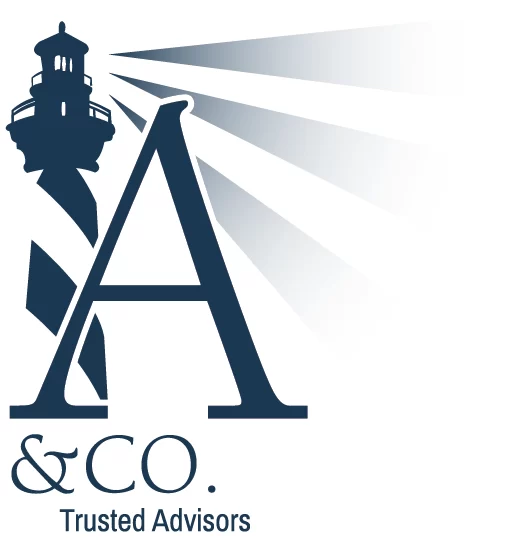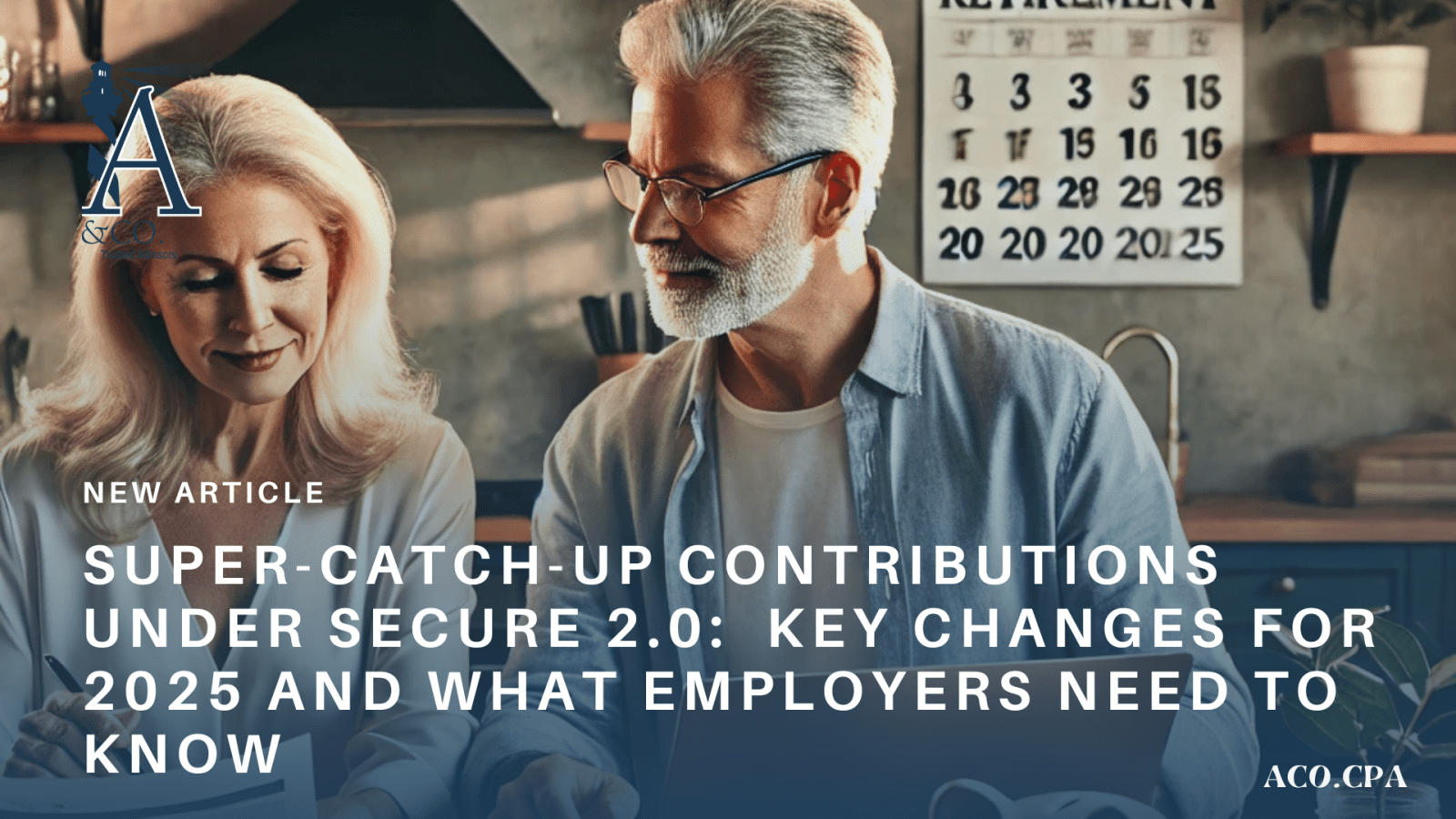Starting in 2025, the SECURE 2.0 Act introduces a new opportunity for eligible participants aged 60 to 63 to make *super-catch-up contributions* to their retirement plans. These contributions can be up to the greater of $10,000 or 150% of the regular catch-up contribution limit, allowing workers to save more for retirement as they approach their retirement years.
This change comes with several important considerations for employers, including potential amendments to retirement plans, updates to payroll systems, and clear communication with participants. Here is a breakdown of what to expect and what actions need to be taken.
Key Takeaways
- Super-Catch-Up Contributions: Starting in 2025, participants aged 60 to 63 can contribute the greater of $10,000 or 150% of the regular catch-up limit, which means they could contribute as much as $11,250 in 2025.
- Plan Amendments: Employers may need to amend their retirement plans by the end of 2024 to accommodate super-catch-up contributions or clarify their implementation approach.
- Payroll and Recordkeeping Updates: Significant updates to payroll and recordkeeping systems will be necessary to track three different contribution limits for different age groups.
- Communication with Employees: Employers should ensure participants are informed about the new contribution limits, including whether they need to make an affirmative election to contribute more.
Understanding the Contribution Limits
The SECURE 2.0 Act adjusts the catch-up contribution limits based on an employee’s age at the end of the taxable year. These adjustments apply to 401(k) plans and similar retirement accounts. The table below summarizes the new contribution limits:
The introduction of *super-catch-up contributions* is designed to help workers aged 60 to 63 maximize their retirement savings, given the shorter time frame they have to accumulate funds. However, this new feature introduces complexity for employers, particularly in terms of plan amendments, payroll systems, and recordkeeping.
Plan Amendments: What Employers Need to Do
Employers offering 401(k) and similar plans must consider how to implement the new super-catch-up contribution limits by 2025. While the SECURE 2.0 Act offers flexibility, employers must decide how to integrate these new rules into their plans.
Plan Amendments by 2024: Employers will need to amend their plans by December 31, 2024, if they wish to either adopt the new super-catch-up contribution limits or clarify that the regular catch-up limits will apply to participants aged 60-63. If they do not take action by this deadline, they may miss the opportunity to implement these changes by January 1, 2025.
Impact on Payroll and Recordkeeping
With the introduction of super-catch-up contributions, payroll providers and recordkeepers will need to track three different age categories (50-59, 60-63, and 64+). This requires significant updates to payroll and recordkeeping systems to manage the different contribution limits and ensure compliance with the new rules.
Employers should reach out to their payroll and recordkeeping service providers as soon as possible to discuss how these changes will be implemented and whether any adjustments to systems or procedures will be necessary.
Communicating Changes to Employees
Clear communication with employees will be essential to ensure they understand the new super-catch-up contributions and how they may benefit from this new option. Employers should provide clear guidance on how the new rules will apply, including whether an affirmative election is needed for those aged 60-63 to contribute at the higher limits.
Employers should also review their enrollment materials, summary plan descriptions, and other communications to ensure they accurately reflect the changes and inform employees about their options for 2025. This will help avoid confusion and ensure that employees are aware of the opportunity to save more for retirement.
The super-catch-up contribution opportunity introduced by the SECURE 2.0 Act offers a powerful way for older workers to boost their retirement savings, but it brings new challenges for employers. To comply with these changes, employers will need to amend their plans, update payroll systems, and communicate effectively with employees. Taking these steps by the end of 2024 will ensure that employers are ready to implement these changes when the new contribution limits take effect in 2025.
If you have any questions about how the SECURE 2.0 Act affects your retirement plan, please reach out to Accavallo & Company CPAs for guidance and support.



